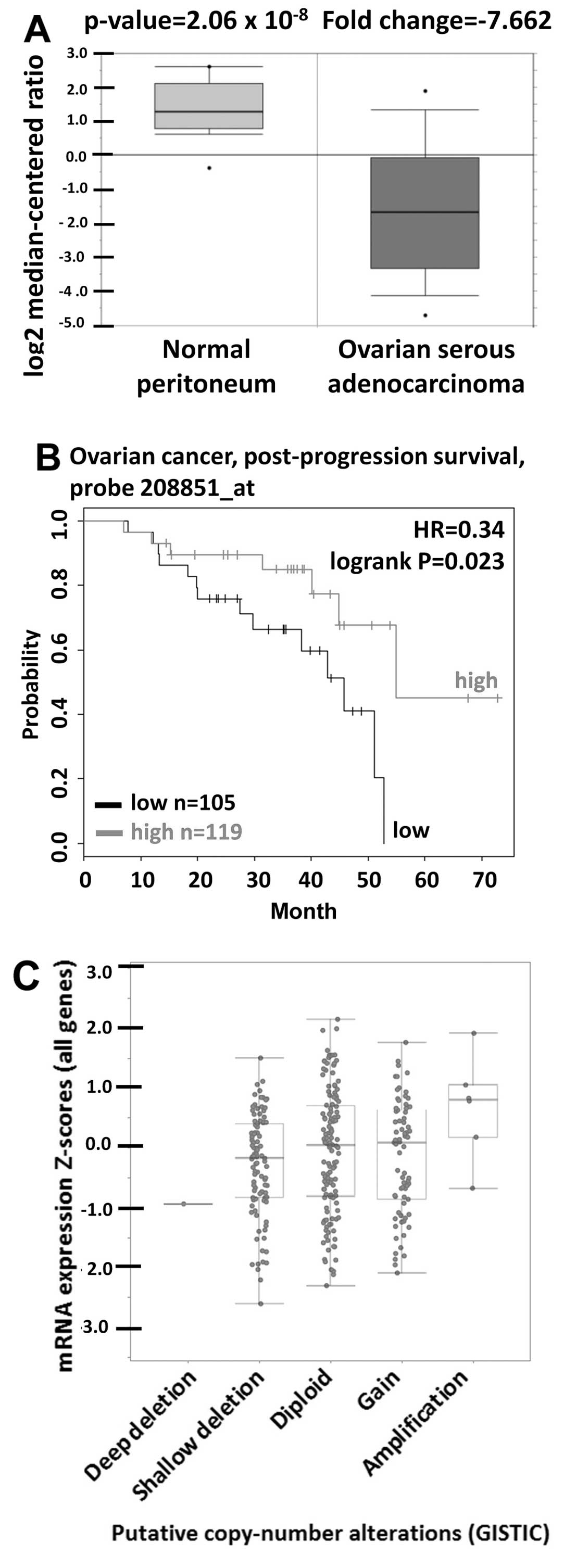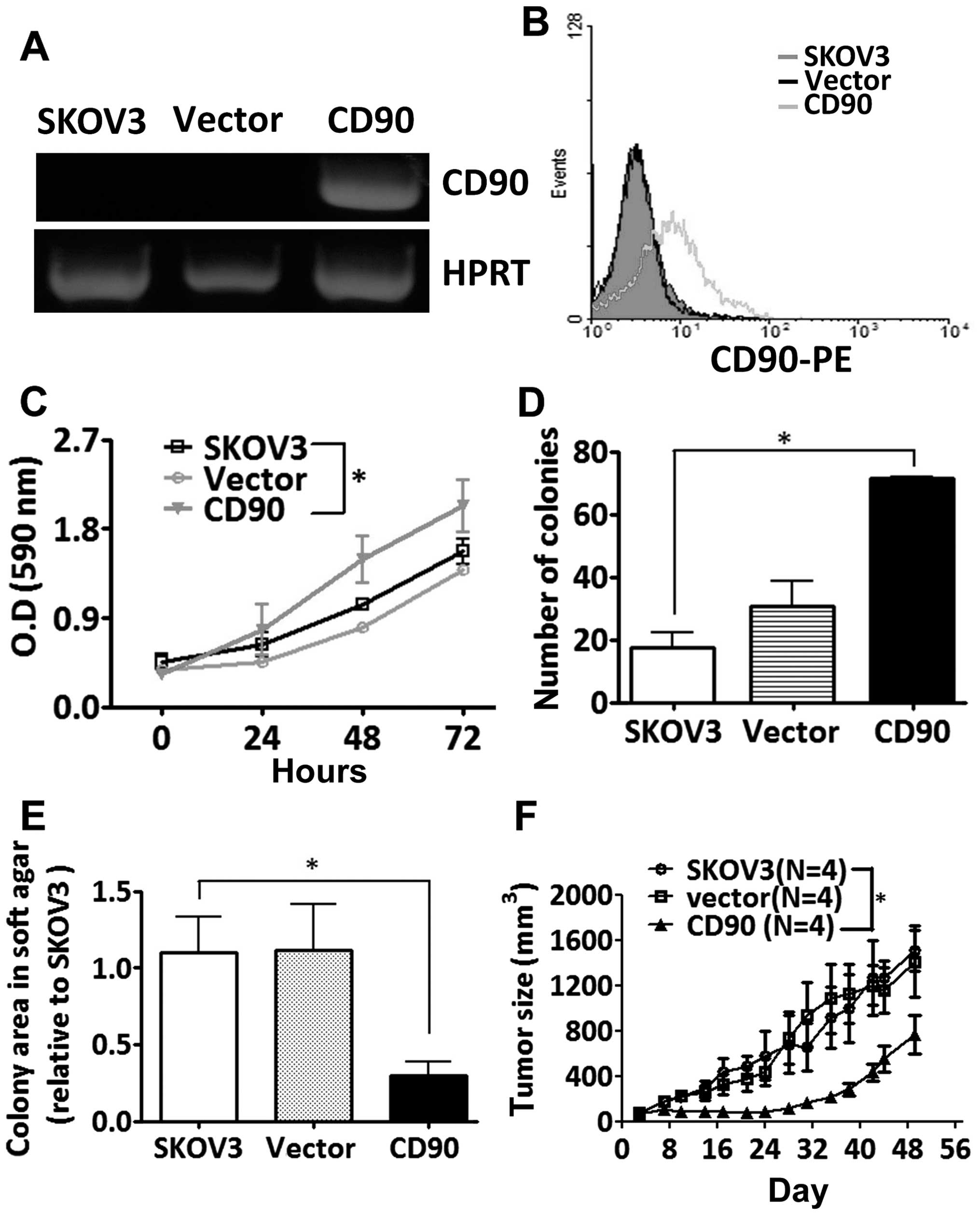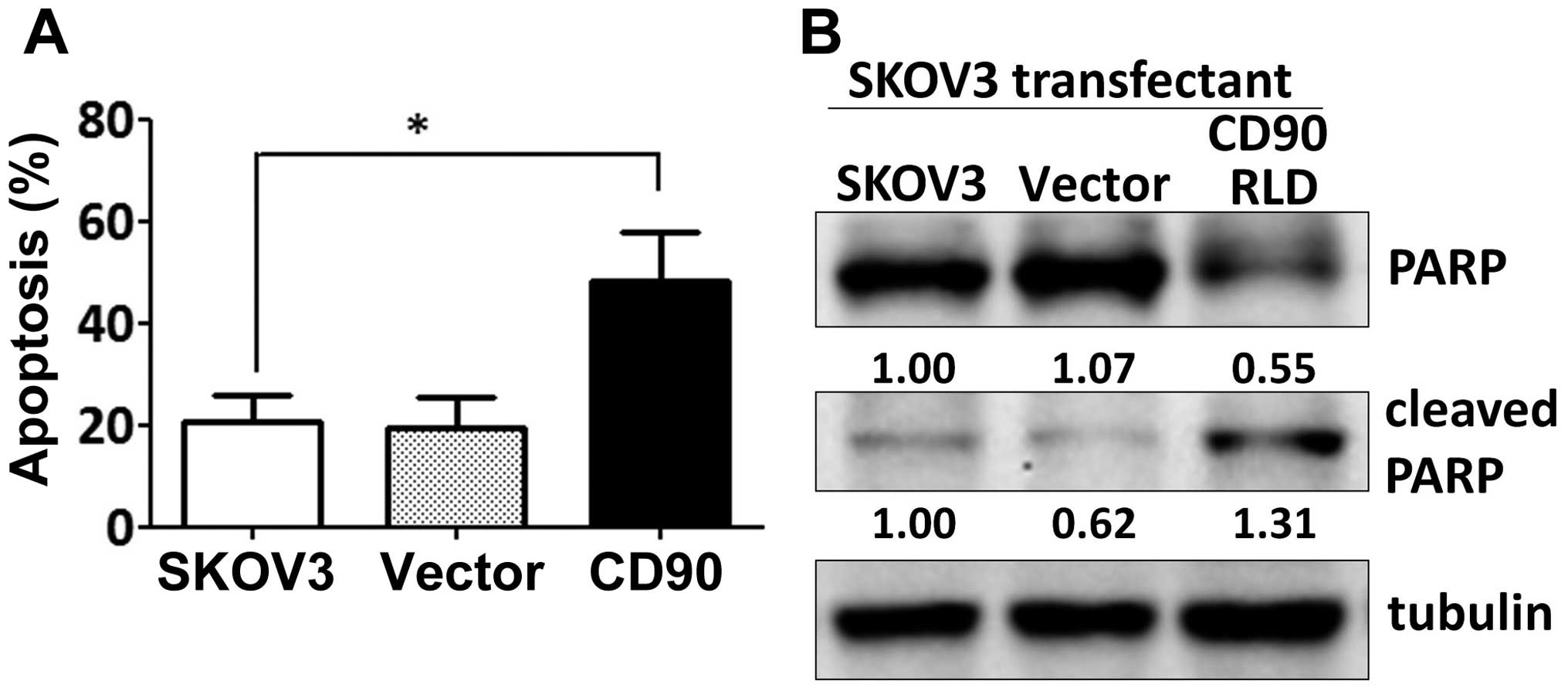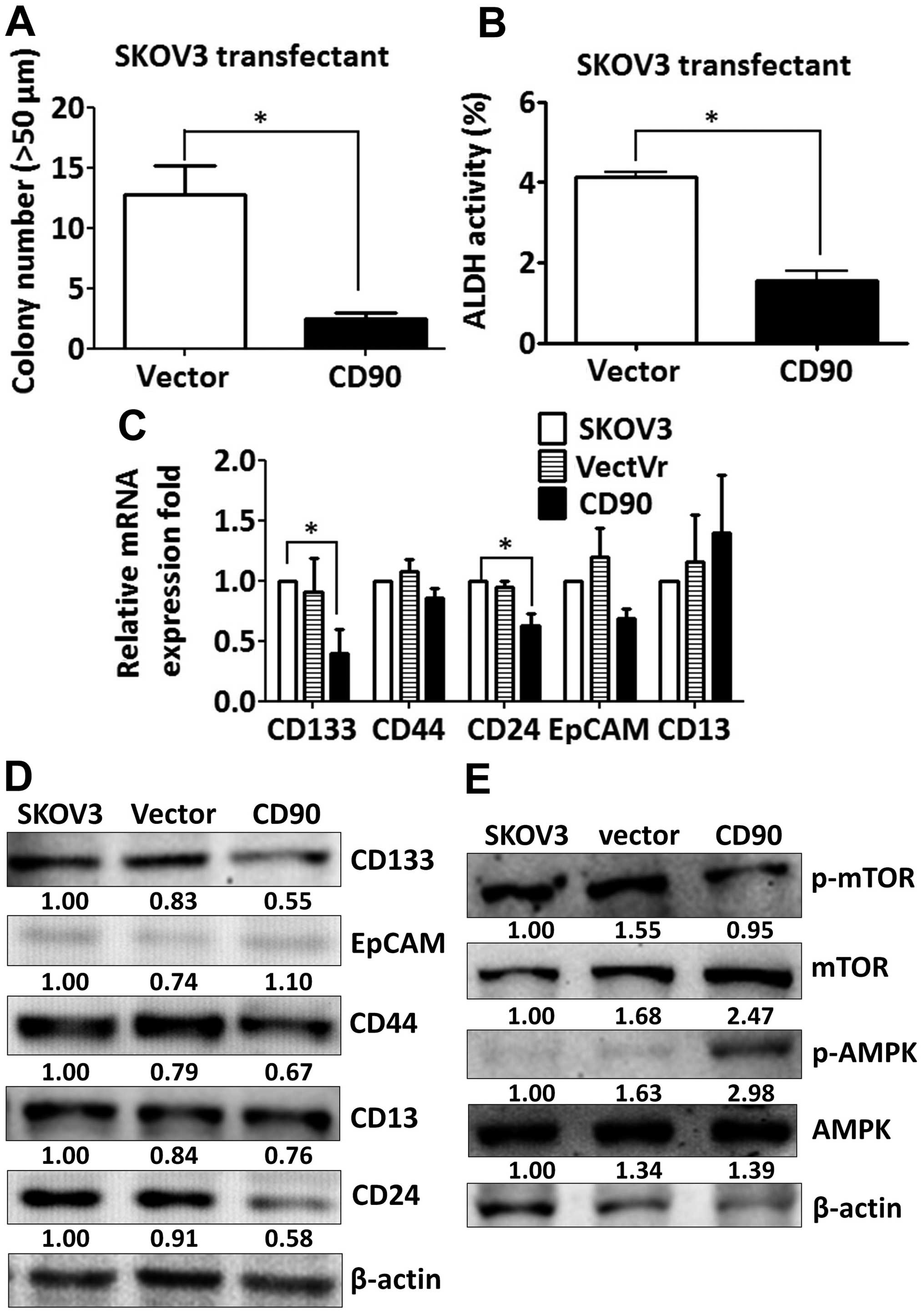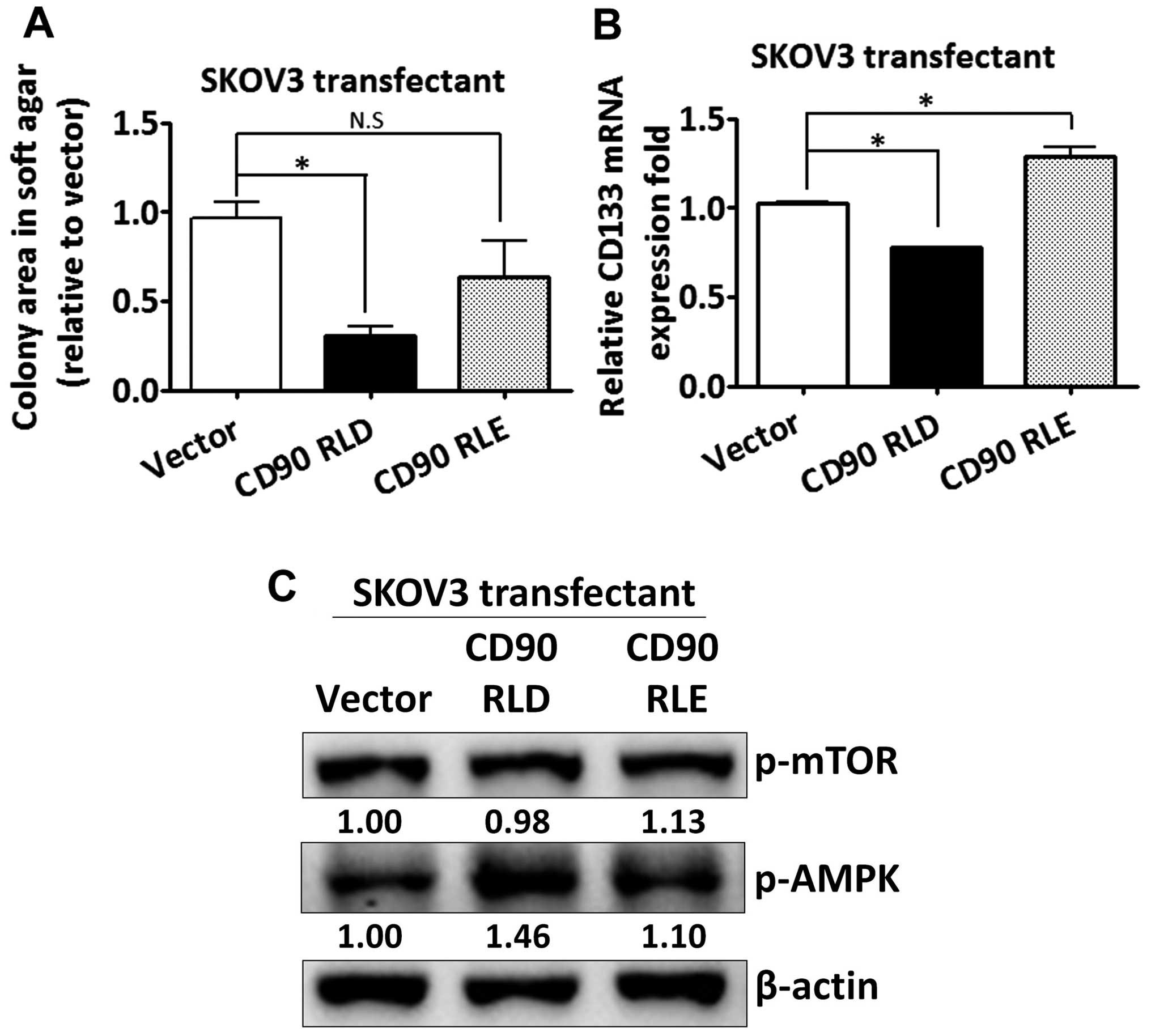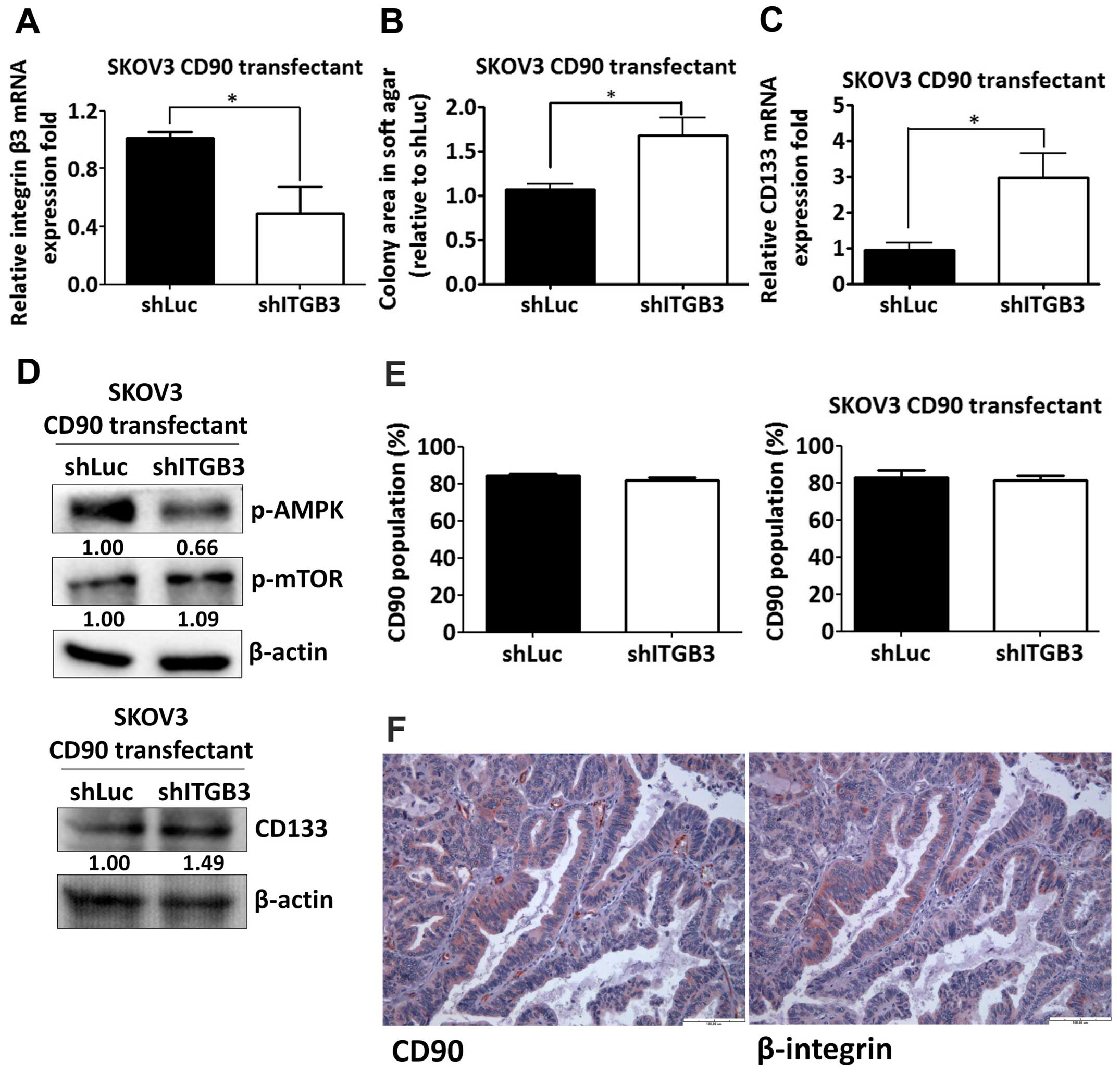|
1
|
Sadikovic B, Al-Romaih K, Squire JA and
Zielenska M: Cause and consequences of genetic and epigenetic
alterations in human cancer. Curr Genomics. 9:394–408. 2008.
View Article : Google Scholar
|
|
2
|
Claus EB, Risch N and Thompson WD: Genetic
analysis of breast cancer in the cancer and steroid hormone study.
Am J Hum Genet. 48:232–242. 1991.PubMed/NCBI
|
|
3
|
Easton DF, Bishop DT, Ford D and Crockford
GP; The Breast Cancer Linkage Consortium. Genetic linkage analysis
in familial breast and ovarian cancer: Results from 214 families.
Am J Hum Genet. 52:678–701. 1993.PubMed/NCBI
|
|
4
|
Welcsh PL and King MC: BRCA1 and BRCA2 and
the genetics of breast and ovarian cancer. Hum Mol Genet.
10:705–713. 2001. View Article : Google Scholar : PubMed/NCBI
|
|
5
|
Yang H, Das P, Yu Y, Mao W, Wang Y,
Baggerly K, Wang Y, Marquez RT, Bedi A, Liu J, et al: NDN is an
imprinted tumor suppressor gene that is downregulated in ovarian
cancers through genetic and epigenetic mechanisms. Oncotarget.
7:3018–3032. 2016.
|
|
6
|
Bellio M, Leal LM, Scharfstein J and Dos
Reis GA: Interactions between CD3 and Thy1 T cell activation
pathways: Blockade of CD3-mediated T lymphocyte activation induced
by immobilized anti-Thy1 antibodies. Cell Immunol. 135:534–540.
1991. View Article : Google Scholar : PubMed/NCBI
|
|
7
|
Avalos AM, Valdivia AD, Muñoz N,
Herrera-Molina R, Tapia JC, Lavandero S, Chiong M, Burridge K,
Schneider P, Quest AF, et al: Neuronal Thy-1 induces astrocyte
adhesion by engaging syndecan-4 in a cooperative interaction with
alphav-beta3 integrin that activates PKCalpha and RhoA. J Cell Sci.
122:3462–3471. 2009. View Article : Google Scholar : PubMed/NCBI
|
|
8
|
Schubert K, Gutknecht D, Köberle M,
Anderegg U and Saalbach A: Melanoma cells use Thy-1 (CD90) on
endothelial cells for metastasis formation. Am J Pathol.
182:266–276. 2013. View Article : Google Scholar
|
|
9
|
Fiore VF, Ju L, Chen Y, Zhu C and Barker
TH: Dynamic catch of a Thy-1-α5β1+syndecan-4
trimolecular complex. Nat Commun. 5:48862014. View Article : Google Scholar
|
|
10
|
Kong M, Muñoz N, Valdivia A, Alvarez A,
Herrera-Molina R, Cárdenas A, Schneider P, Burridge K, Quest AF and
Leyton L: Thy-1-mediated cell-cell contact induces astrocyte
migration through the engagement of αVβ3
integrin and syndecan-4. Biochim Biophys Acta. 1833:1409–1420.
2013. View Article : Google Scholar : PubMed/NCBI
|
|
11
|
Jiang J, Zhang Y, Chuai S, Wang Z, Zheng
D, Xu F, Zhang Y, Li C, Liang Y and Chen Z: Trastuzumab (herceptin)
targets gastric cancer stem cells characterized by CD90 phenotype.
Oncogene. 31:671–682. 2012. View Article : Google Scholar
|
|
12
|
Yan X, Luo H, Zhou X, Zhu B, Wang Y and
Bian X: Identification of CD90 as a marker for lung cancer stem
cells in A549 and H446 cell lines. Oncol Rep. 30:2733–2740.
2013.PubMed/NCBI
|
|
13
|
Tang KH, Dai YD, Tong M, Chan YP, Kwan PS,
Fu L, Qin YR, Tsao SW, Lung HL, Lung ML, et al: A CD90+
tumor-initiating cell population with an aggressive signature and
metastatic capacity in esophageal cancer. Cancer Res. 73:2322–2332.
2013. View Article : Google Scholar : PubMed/NCBI
|
|
14
|
Yang ZF, Ho DW, Ng MN, Lau CK, Yu WC, Ngai
P, Chu PW, Lam CT, Poon RT and Fan ST: Significance of
CD90+ cancer stem cells in human liver cancer. Cancer
Cell. 13:153–166. 2008. View Article : Google Scholar : PubMed/NCBI
|
|
15
|
Zhu L, Zhang W, Wang J and Liu R: Evidence
of CD90+CXCR4+ cells as circulating tumor
stem cells in hepatocellular carcinoma. Tumour Biol. 36:5353–5360.
2015. View Article : Google Scholar : PubMed/NCBI
|
|
16
|
Pang YB, Zhong JH, Luo XL, Ou C, Guo Z,
Xiang BD, Peng NF and Li LQ: Clinicopathological characteristics
and liver stem cell marker expression in hepatocellular carcinoma
involving bile duct tumor thrombi. Tumour Biol. 37:5879–5884. 2015.
View Article : Google Scholar : PubMed/NCBI
|
|
17
|
Chen WC, Chang YS, Hsu HP, Yen MC, Huang
HL, Cho CY, Wang CY, Weng TY, Lai PT, Chen CS, et al: Therapeutics
targeting CD90-integrin-AMPK-CD133 signal axis in liver cancer.
Oncotarget. 6:42923–42937. 2015.PubMed/NCBI
|
|
18
|
Lung HL, Bangarusamy DK, Xie D, Cheung AK,
Cheng Y, Kumaran MK, Miller L, Liu ET, Guan XY, Sham JS, et al:
THY1 is a candidate tumour suppressor gene with decreased
expression in metastatic nasopharyngeal carcinoma. Oncogene.
24:6525–6532. 2005.PubMed/NCBI
|
|
19
|
Abeysinghe HR, Pollock SJ, Guckert NL,
Veyberman Y, Keng P, Halterman M, Federoff HJ, Rosenblatt JP and
Wang N: The role of the THY1 gene in human ovarian cancer
suppression based on transfection studies. Cancer Genet Cytogenet.
149:1–10. 2004. View Article : Google Scholar : PubMed/NCBI
|
|
20
|
Abeysinghe HR, Cao Q, Xu J, Pollock S,
Veyberman Y, Guckert NL, Keng P and Wang N: THY1 expression is
associated with tumor suppression of human ovarian cancer. Cancer
Genet Cytogenet. 143:125–132. 2003. View Article : Google Scholar : PubMed/NCBI
|
|
21
|
Tiveron MC, Barboni E, Pliego Rivero FB,
Gormley AM, Seeley PJ, Grosveld F and Morris R: Selective
inhibition of neurite outgrowth on mature astrocytes by Thy-1
glycoprotein. Nature. 355:745–748. 1992. View Article : Google Scholar : PubMed/NCBI
|
|
22
|
Hermosilla T, Muñoz D, Herrera-Molina R,
Valdivia A, Muñoz N, Nham SU, Schneider P, Burridge K, Quest AF and
Leyton L: Direct Thy-1/alphaVbeta3 integrin interaction mediates
neuron to astrocyte communication. Biochim Biophys Acta.
1783:1111–1120. 2008. View Article : Google Scholar : PubMed/NCBI
|
|
23
|
Herrera-Molina R, Frischknecht R,
Maldonado H, Seidenbecher CI, Gundelfinger ED, Hetz C, Aylwin ML,
Schneider P, Quest AF and Leyton L: Astrocytic
αVβ3 integrin inhibits neurite outgrowth and
promotes retraction of neuronal processes by clustering Thy-1. PLoS
One. 7:e342952012. View Article : Google Scholar
|
|
24
|
Zhou Y, Hagood JS, Lu B, Merryman WD and
Murphy-Ullrich JE: Thy-1-integrin alphav beta5 interactions inhibit
lung fibroblast contraction-induced latent transforming growth
factor-beta1 activation and myofibroblast differentiation. J Biol
Chem. 285:22382–22393. 2010. View Article : Google Scholar : PubMed/NCBI
|
|
25
|
Rhodes DR, Yu J, Shanker K, Deshpande N,
Varambally R, Ghosh D, Barrette T, Pandey A and Chinnaiyan AM:
ONCOMINE: A cancer microarray database and integrated data-mining
platform. Neoplasia. 6:1–6. 2004. View Article : Google Scholar : PubMed/NCBI
|
|
26
|
Rhodes DR, Kalyana-Sundaram S, Mahavisno
V, Varambally R, Yu J, Briggs BB, Barrette TR, Anstet MJ,
Kincead-Beal C, Kulkarni P, et al: Oncomine 3.0: Genes, pathways,
and networks in a collection of 18,000 cancer gene expression
profiles. Neoplasia. 9:166–180. 2007. View Article : Google Scholar : PubMed/NCBI
|
|
27
|
Győrffy B, Surowiak P, Budczies J and
Lánczky A: Online survival analysis software to assess the
prognostic value of biomarkers using transcriptomic data in
non-small-cell lung cancer. PLoS One. 8:e822412013. View Article : Google Scholar
|
|
28
|
Gao J, Aksoy BA, Dogrusoz U, Dresdner G,
Gross B, Sumer SO, Sun Y, Jacobsen A, Sinha R, Larsson E, et al:
Integrative analysis of complex cancer genomics and clinical
profiles using the cBio-Portal. Sci Signal. 6:pl12013. View Article : Google Scholar
|
|
29
|
Cerami E, Gao J, Dogrusoz U, Gross BE,
Sumer SO, Aksoy BA, Jacobsen A, Byrne CJ, Heuer ML, Larsson E, et
al: The cBio cancer genomics portal: An open platform for exploring
multidimensional cancer genomics data. Cancer Discov. 2:401–404.
2012. View Article : Google Scholar : PubMed/NCBI
|
|
30
|
Rothenberg SM and Settleman J: Discovering
tumor suppressor genes through genome-wide copy number analysis.
Curr Genomics. 11:297–310. 2010. View Article : Google Scholar :
|
|
31
|
Chen J, Zhang J, Zhao Y, Li J and Fu M:
Integrin beta3 down-regulates invasive features of ovarian cancer
cells in SKOV3 cell subclones. J Cancer Res Clin Oncol.
135:909–917. 2009. View Article : Google Scholar
|
|
32
|
Fuh KC, Shin JY, Kapp DS, Brooks RA, Ueda
S, Urban RR, Chen LM and Chan JK: Survival differences of Asian and
Caucasian epithelial ovarian cancer patients in the United States.
Gynecol Oncol. 136:491–497. 2015. View Article : Google Scholar
|
|
33
|
Bouvard D, Pouwels J, De Franceschi N and
Ivaska J: Integrin inactivators: Balancing cellular functions in
vitro and in vivo. Nat Rev Mol Cell Biol. 14:430–442. 2013.
View Article : Google Scholar : PubMed/NCBI
|
|
34
|
Takayama S, Ishii S, Ikeda T, Masamura S,
Doi M and Kitajima M: The relationship between bone metastasis from
human breast cancer and integrin αvβ3
expression. Anticancer Res. 25(1A): 79–83. 2005.PubMed/NCBI
|
|
35
|
Sloan EK, Pouliot N, Stanley KL, Chia J,
Moseley JM, Hards DK and Anderson RL: Tumor-specific expression of
alphavbeta3 integrin promotes spontaneous metastasis of breast
cancer to bone. Breast Cancer Res. 8:R202006. View Article : Google Scholar : PubMed/NCBI
|
|
36
|
Zutter MM, Santoro SA, Staatz WD and Tsung
YL: Re-expression of the alpha 2 beta 1 integrin abrogates the
malignant phenotype of breast carcinoma cells. Proc Natl Acad Sci
USA. 92:7411–7415. 1995. View Article : Google Scholar : PubMed/NCBI
|
|
37
|
Kaur S, Kenny HA, Jagadeeswaran S,
Zillhardt MR, Montag AG, Kistner E, Yamada SD, Mitra AK and Lengyel
E: β3-integrin expression on tumor cells inhibits tumor
progression, reduces metastasis, and is associated with a favorable
prognosis in patients with ovarian cancer. Am J Pathol.
175:2184–2196. 2009. View Article : Google Scholar : PubMed/NCBI
|
|
38
|
Hongo K, Tanaka J, Tsuno NH, Kawai K,
Nishikawa T, Shuno Y, Sasaki K, Kaneko M, Hiyoshi M, Sunami E, et
al: CD133(−) cells, derived from a single human colon cancer cell
line, are more resistant to 5-fluorouracil (FU) than CD133(+)
cells, dependent on the β1-integrin signaling. J Surg Res.
175:278–288. 2012. View Article : Google Scholar
|
|
39
|
Lathia JD, Gallagher J, Heddleston JM,
Wang J, Eyler CE, Macswords J, Wu Q, Vasanji A, McLendon RE,
Hjelmeland AB, et al: Integrin alpha 6 regulates glioblastoma stem
cells. Cell Stem Cell. 6:421–432. 2010. View Article : Google Scholar : PubMed/NCBI
|
|
40
|
Rentala S, Yalavarthy PD and Mangamoori
LN: Alpha1 and beta1 integrins enhance the homing and
differentiation of cultured prostate cancer stem cells. Asian J
Androl. 12:548–555. 2010. View Article : Google Scholar : PubMed/NCBI
|
|
41
|
Pattappa G, Thorpe SD, Jegard NC, Heywood
HK, de Bruijn JD and Lee DA: Continuous and uninterrupted oxygen
tension influences the colony formation and oxidative metabolism of
human mesenchymal stem cells. Tissue Eng Part C Methods. 19:68–79.
2013. View Article : Google Scholar
|
|
42
|
Ito K and Suda T: Metabolic requirements
for the maintenance of self-renewing stem cells. Nat Rev Mol Cell
Biol. 15:243–256. 2014. View Article : Google Scholar : PubMed/NCBI
|
|
43
|
Horsley V, Aliprantis AO, Polak L,
Glimcher LH and Fuchs E: NFATc1 balances quiescence and
proliferation of skin stem cells. Cell. 132:299–310. 2008.
View Article : Google Scholar : PubMed/NCBI
|
|
44
|
Moore N and Lyle S: Quiescent,
slow-cycling stem cell populations in cancer: A review of the
evidence and discussion of significance. J Oncol. 2011:3960762011.
View Article : Google Scholar
|
|
45
|
Kolev VN, Wright QG, Vidal CM, Ring JE,
Shapiro IM, Ricono J, Weaver DT, Padval MV, Pachter JA and Xu Q:
PI3K/ mTOR dual inhibitor VS-5584 preferentially targets cancer
stem cells. Cancer Res. 75:446–455. 2015. View Article : Google Scholar
|
|
46
|
Cao Y, Liu X, Lu W, Chen Y, Wu X, Li M,
Wang XA, Zhang F, Jiang L, Zhang Y, et al: Fibronectin promotes
cell proliferation and invasion through mTOR signaling pathway
activation in gallbladder cancer. Cancer Lett. 360:141–150. 2015.
View Article : Google Scholar : PubMed/NCBI
|
|
47
|
Wang Z, Liu P, Chen Q, Deng S, Liu X, Situ
H, Zhong S, Hann S and Lin Y: Targeting AMPK signaling pathway to
overcome drug resistance for cancer therapy. Curr Drug Targets.
17:853–864. 2016. View Article : Google Scholar
|



